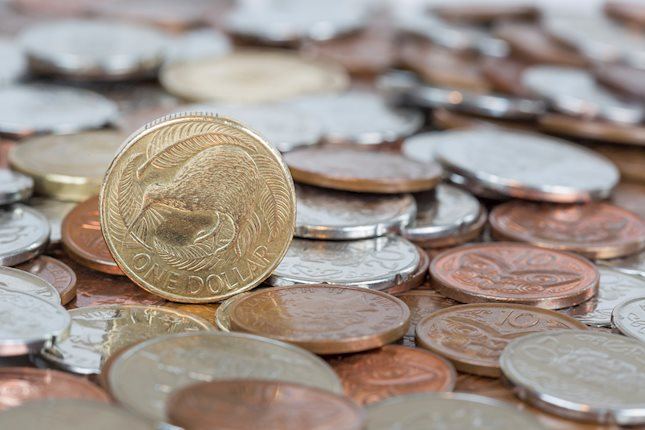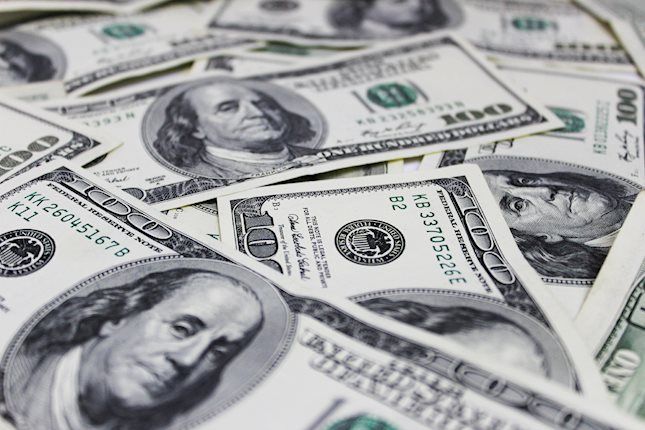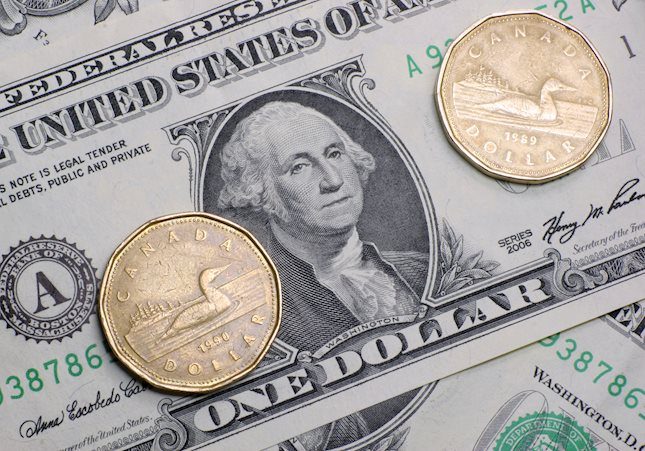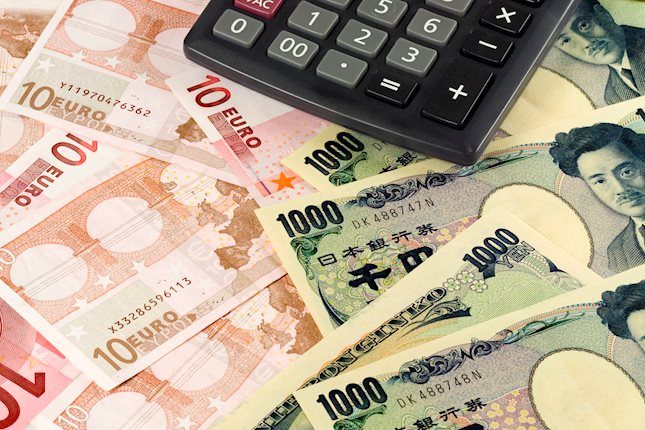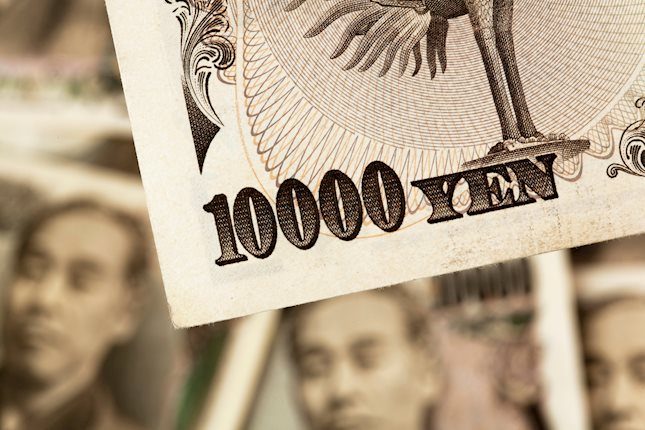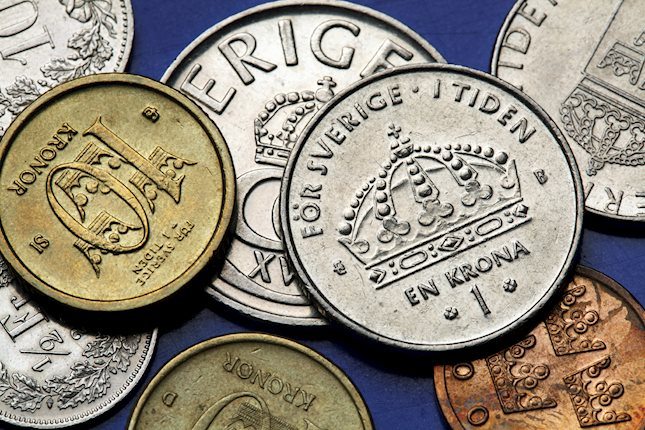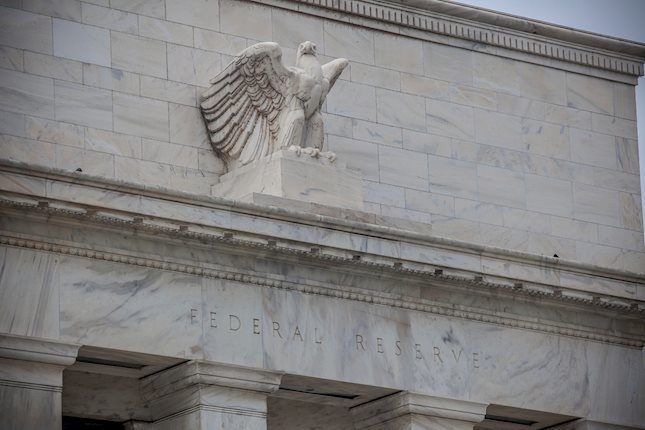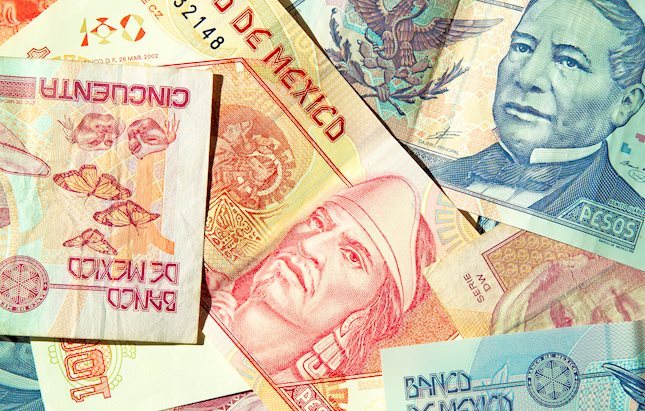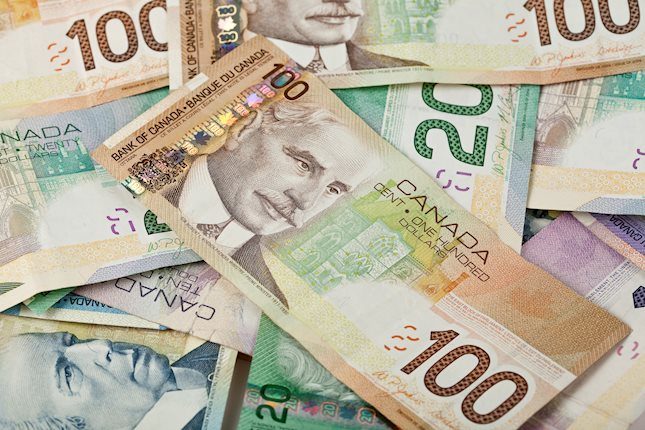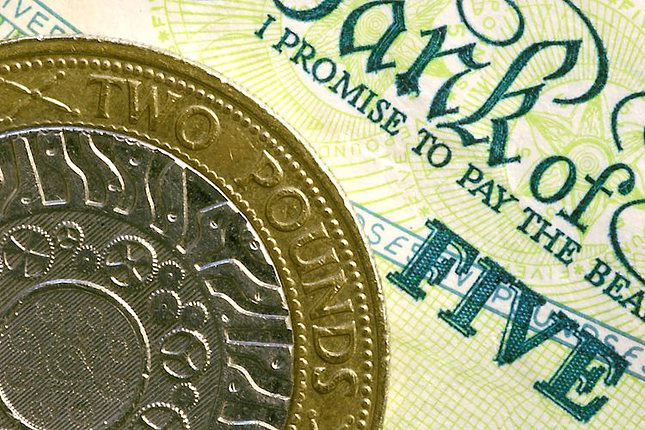Japanese Yen sticks to strong intraday recovery gains near 155.00 against USD
- The Japanese Yen stages a solid intraday recovery from a nearly 40-year low, albeit lacks follow-through.
- Japan's Kanda refrains from confirming Monday's sell-off as the outcome of a probable intervention.
- The divergent BoJ-Fed monetary policy and a positive risk tone should cap further gains for the JPY.
The Japanese Yen (JPY) witnessed a dramatic intraday turnaround against its American counterpart and rallied over 500 pips from the lowest level since October 1986 touched earlier this Monday. The pair plummeted on prospects of a possible intervention by Japanese authorities. However, Japan's top currency diplomat, Masato Kanda, gave a speech in the European session and didn't confirm any FX intervention. Kanda said, "Speculative, rapid and abnormal FX moves have had a bad impact on the economy, so are unacceptable.". Kanda refrained from providing an appropriate level when asked about what could be the probable zone where the administration could intervene if authorities have not stepped yet.
Meanwhile, the emergence of fresh US Dollar (USD) selling also exerts heavy downward pressure on the USD/JPY pair. The downside for the USD, however, remains cushioned in the wake of growing acceptance that the Federal Reserve (Fed) will delay cutting rates amid still sticky inflation in the US. This marks a big divergence in comparison to the Bank of Japan's (BoJ) uncertain rate outlook and suggests that the big US-Japan rate differential will remain for some time. Apart from this, a positive risk tone caps the safe-haven JPY and assists the USD/JPY pair in attracting some buyers near the 155.00 psychological mark.
Daily Digest Market Movers: Japanese Yen holds gains despite Japan Kanda didn't comment on probable intervention
- The Japanese Yen rebounds swiftly after an initial slump to a nearly 40-year low against its American counterpart on Monday amid a possible intervention by Japanese authorities to support the domestic currency.
- That said, a big divergence in the Bank of Japan's policy outlook and hawkish Federal Reserve expectations, along with a positive risk tone, should keep a lid on any further appreciating move for the safe-haven JPY.
- As was widely anticipated, the BoJ left its short-term interest rates unchanged on Friday and indicated that inflation was on track to hit the 2% target in coming years, suggesting its readiness to hike borrowing costs later this year.
- In the post-meeting press conference, BoJ Governor Kazuo Ueda offered few clues on when the next rate hike will come and ruled out shifting to a full-fledged reduction in the bond purchases, warranting caution for the JPY bulls.
- Moreover, the Tokyo Consumer Price Index released on Friday indicated that inflation in Japan is cooling, which, along with a generally positive tone around the equity markets, should cap any meaningful upside for the safe-haven JPY.
- Japan's ruling Liberal Democratic Party lost three key by-election seats, which is not seen as a vote of confidence in Prime Minister Fumio Kishida and argued against him being reappointed at the end of the term in September.
- The US Bureau of Economic Analysis reported that the Personal Consumption Expenditures (PCE) Price Index rose 0.3% in March, while the yearly rate climbed to 2.7% from 2.5% in February, beating estimates for a reading of 2.6%.
- Adding to this, the core PCE Price Index, which excludes volatile food and energy prices, held steady at the 2.8% YoY rate as compared to 2.6% anticipated, reaffirming bets that the Federal Reserve will keep rates higher for longer.
- According to the CME Group's FedWatch tool, investors are now pricing in a 58% chance that the Fed will begin its rate-cutting cycle in September, down from 68% a week ago, and a more than 80% possibility of easing in December.
- This suggests that the wide gap in rates between Japan and the United States will remain for some time, which, along with a positive risk tone, should cap the upside for the safe-haven JPY and lend support to the USD/JPY pair.
- Investors now look forward to this week's key central bank event risk – a two-day FOMC monetary policy meeting starting on Tuesday and the closely-watched US Nonfarm Payrolls (NFP) report – for a fresh directional impetus.
Technical Analysis: USD/JPY bears aim to seize near-term control, 155.00 psychological mark remains key
From a technical perspective, Friday's breakout through an upward-sloping trend channel extending from the YTD low was seen as a fresh trigger for bullish traders. That said, the Relative Strength Index (RSI) on the daily chart is flashing extremely overbought conditions, which prompts aggressive long-unwinding trade on the first day of a new week. Any subsequent slide, however, is likely to find decent support near the 157.00 mark, representing the ascending channel resistance breakpoint. The latter should act as a key pivotal point, which if broken decisively might shift the near-term bias in favour of bearish traders and pave the way for some meaningful corrective decline.
Bank of Japan FAQs
The Bank of Japan (BoJ) is the Japanese central bank, which sets monetary policy in the country. Its mandate is to issue banknotes and carry out currency and monetary control to ensure price stability, which means an inflation target of around 2%.
The Bank of Japan has embarked in an ultra-loose monetary policy since 2013 in order to stimulate the economy and fuel inflation amid a low-inflationary environment. The bank’s policy is based on Quantitative and Qualitative Easing (QQE), or printing notes to buy assets such as government or corporate bonds to provide liquidity. In 2016, the bank doubled down on its strategy and further loosened policy by first introducing negative interest rates and then directly controlling the yield of its 10-year government bonds.
The Bank’s massive stimulus has caused the Yen to depreciate against its main currency peers. This process has exacerbated more recently due to an increasing policy divergence between the Bank of Japan and other main central banks, which have opted to increase interest rates sharply to fight decades-high levels of inflation. The BoJ’s policy of holding down rates has led to a widening differential with other currencies, dragging down the value of the Yen.
A weaker Yen and the spike in global energy prices have led to an increase in Japanese inflation, which has exceeded the BoJ’s 2% target. Still, the Bank judges that the sustainable and stable achievement of the 2% target has not yet come in sight, so any sudden change in the current policy looks unlikely.
Forex News
Keep up with the financial markets, know what's happening and what is affecting the markets with our latest market updates. Analyze market movers, trends and build your trading strategies accordingly.

